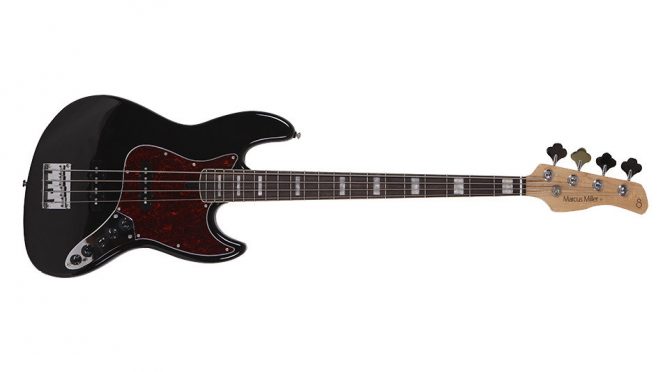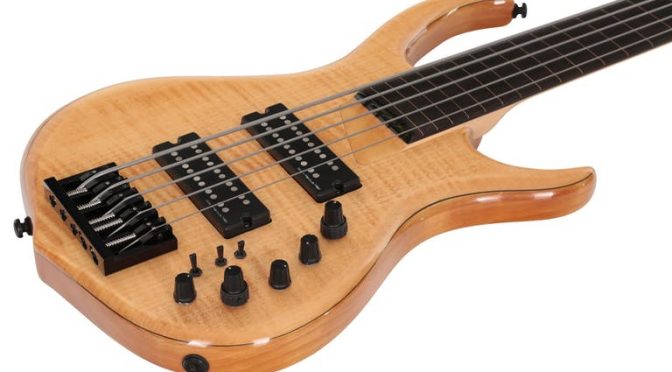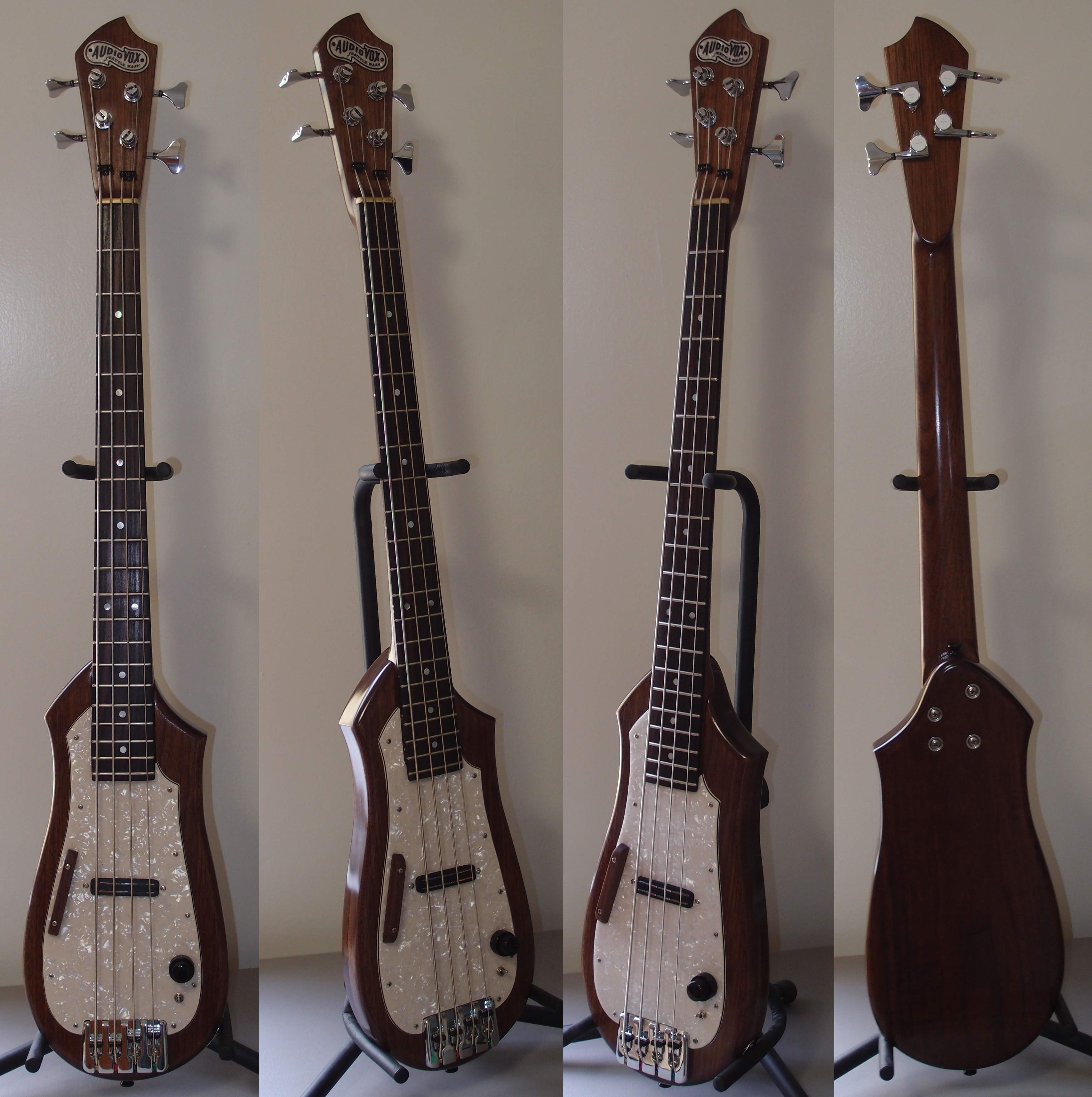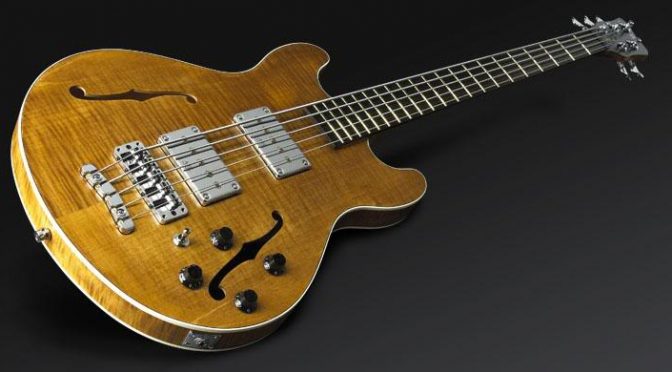Sire Marcus Miller V7 4-String or 5-String? – Bass Practice Diary – 3rd December 2019
I’d like to do a review of the Sire Marcus Miller V7, because it’s a really good bass. I’ve already reviewed the Sire Marcus Miller M7 fretless 5-string. The only problem is that so many people have already reviewed the V7. I don’t want to just repeat what other people have already said, I try to make a point with my videos of always coming up with something a bit different from what’s already out there. Otherwise what’s the point in doing them.
So the question that I’m going to try to answer is, 4-string or 5-string? If you buy just one Sire Marcus Miller bass, I would recommend that you buy a V7. But, should you get the 4-string version or the 5-string version? Logically they should be identical apart from the number of strings, so does it make much difference if you go for the 4 or the 5? I think it does and I’m going to explain why.
What has everyone been saying about the V7?
The reviews that I’ve seen of the V7 seem to all pretty much say the same things. Sire have used high quality materials, meaning woods, hardware and even a bone nut. They have an excellent onboard preamp, they sound great, they have a low action which makes them extremely easy to play. And all for a price that is amazingly low given the quality of the instrument.
I’m not going to disagree with any of that. I would even add to it the fact that the bass sounds great without the preamp. When I first played one of these out the box, and it wasn’t yet hooked up to an amplifier, I could hear that it was a great sounding bass even without plugging it in.
It has an active/passive switch that turns the preamp on and off. It sounds great in passive mode with the preamp switched off. So I’m not sure how much it even needs the preamp. But having the preamp on the bass is definitely an added bonus.
The few minor negative comments that I’ve heard about the V7 include the fact that it’s a bit heavy. That hasn’t been a problem for me at all. I play Warwick basses which tend to be very heavy and the V7 feels relatively light in comparison. Maybe for someone who is used to playing Fender basses, the V7 might feel heavy.
Sire Basses Setup and Quality Control
I feel I should address the issue of quality control, because not all of the Sire basses are set up perfectly when you get them out the box. I’ve played four Sire basses brand new straight out of the box. Only one of them was set up exactly as it should be. Two of them, the two V7s featured in this video had very minor setup issues that were very quickly fixed. And I experienced big setup problems with the M7 bass.
I honestly don’t see that as a problem. Basses at this price are not meant to be perfect. For every bass to come out of the factory set up perfectly, Sire would need to pay luthiers to meticulously check every detail on every instrument. If they did that, the basses would be much more expensive. Personally, I would much rather they kept the price as low as possible, and I’ll sort out any issues with the setup myself.
Setting up a bass is easy. If you’re not sure how to do it, make sure you check out my video about setting up the M7 bass.
Should you buy the 4-string or the 5-string?
I should start by saying that both basses in the video are identical models. They both have alder bodies. So the only difference between them, apart from the colour, is the addition of a low B-string on the five string version. So, my first question is, is the B-string on the 5-string as good as the other four strings?
It’s an important question, because it’s really hard to get a low B-string to sound good. On almost any 5 or 6-string bass, the tension on the B-string is less than the tension on the other four strings. That can often cause the B-string to sound weak in comparison to the other strings. I’ve played plenty of 5-string basses where the low B-string sounded so bad that I just didn’t want to use it.
So, how is the low B-string on the 5-string V7? It’s pretty good, which is actually a problem because the other 4-strings sound great, and the B-string only sounds good.
It’s definitely a better low B-string than many of the 5-string basses I’ve played. When you play it on it’s own, it sounds fine, but it just doesn’t sound as good as the rest of the instrument.
It’s probably the one area where the M7 beats the V7. The 5-string M7 has an extra inch in the scale length of the 5-string version, and that helps to even out the tone with the other strings.
One other issue I have with the 5-string V7 is the string spacing. The strings have a narrower spacing than on the 4-string. I know that this is something that a lot of bass manufacturers do, including Fender. But I wish they wouldn’t. 20mm is a standard string spacing for a 4-string bass. The V7 is a Fender Jazz style bass, and the only J style 5-string basses that I’ve ever played and loved, had a 20mm string spacing. When I try to play Marcus Miller thumb and pluck style bass lines with the slightly narrower string spacing, I find it harder to do.
My Conclusion
I think the Sire Marcus Miller V7 is a brilliant bass. I really love playing the 4-string version. The 5-string version is good too, but every time I pick it up, I find myself wanting to put it down and pick up the 4-string version instead. So, if you’re planning to buy just one Sire Marcus Miller bass, and you want my advice about which one to get, then I’m going for the 4-string V7.
The 4-string version makes perfect sense. Because it’s clearly based upon Marcus Miller’s own modified Fender Jazz Bass. Marcus Miller doesn’t play 5-string basses, and I can see why, because his style doesn’t suit a 5-string bass. He does sometimes play his bass with the E-string tuned down to a D, as I demonstrated in the video. And that also works well with the V7 4-string bass.
However, I feel like I should conclude by acknowledging that I’m in the fortunate position of having basses with really good low B strings. So I don’t actually need a 5-string V7. If you’re in the position where you need a 5-string bass, and you’re thinking of the V7 as an option. You probably won’t find many better 5-string basses at this price.






